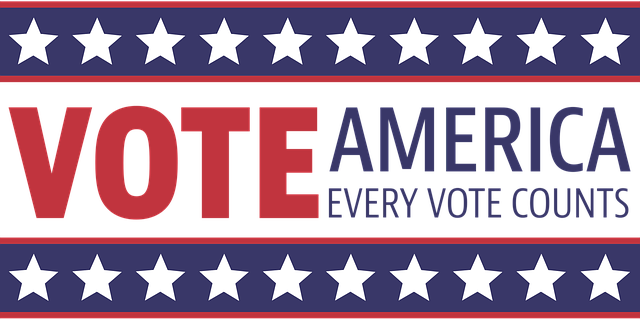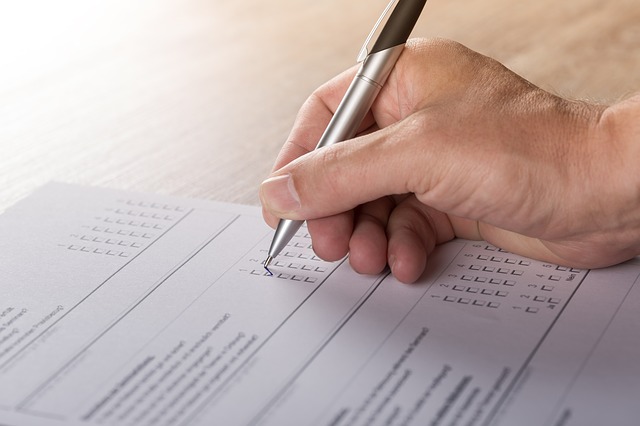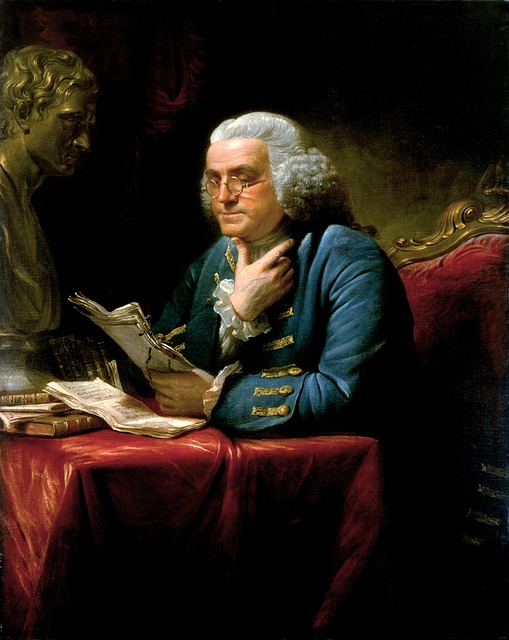

Benjamin Franklin once said, “Democracy is two wolves and a lamb voting on what to have for lunch.” (Ben Franklin on Liberty.) It turns out he wasn’t wrong. Say there are 100 people in a room. 51 of them are impoverished and 49 of them are wealthy. In a pure democracy, the 51 could easily vote to beat up the 49 and steal their life’s savings. This is exactly why the Founding Fathers invented the Electoral College: to prevent the tyranny of the majority.
In order to understand why we need the Electoral College, we must first understand how it works. In the United States of America, the president and vice-president are not chosen by a direct popular vote of American citizens. They are chosen by 538 electors. Each state has a number of electors equal to the number of their senators (two for each state) and their representatives (which varies based on population). To win, a presidential candidate must get at least 270 electoral votes.
This process was inspired by the fear that in a direct democracy, small but densely populated communities would always win the presidential election. The president would then represent only a small part of the United States and not the country broadly. From this fear and political genius sprung many facets of our government: our three branches of government with their checks-and-balances, each state having two senators regardless of population and different numbers of representatives based entirely on population, the requirements of a supermajority of Congress and ¾ of the states to amend of the Constitution, and (of course) the Electoral College.

The Electoral College provides several functions, including the following:
- It encourages coalition building and national campaigning. Winning requires a diverse group of voters from all around the country.
- It means every state (and therefore every voter) matters in the election. So, 51% of the country can’t tyrannize the other 49%.
- It makes it harder to steal an election because the electoral college makes it impossible to predict which state will matter most. Nobody knows which votes to steal. In a popular vote, votes stolen anywhere will affect the total outcome.
In the 2016 election, the Electoral College worked exactly as intended. Without it, Hillary Clinton would have won the presidency based solely on Las Angeles and New York City alone. Hillary Clinton won Los Angeles County by 1.2 million votes (California Election Results 2016) and in the five NYC boroughs, Clinton defeated Trump by just over 1.7 million votes (New York Election Results 2016). There are over 3,000 counties in America and Clinton’s popular vote win of around 2.8 million (2016 Presidential Election) can be put down to six counties alone—only two cities in all the United States.
One of the main reasons the Electoral College exists can be seen by looking at this election. The president is supposed to represent the entire country broadly, not just two cities. This is not to say we should exclude Las Angeles and New York City, or California and New York. They are states without doubt, and each U.S. citizen in them deserves a vote in who their president will be. However, that is exactly the point here. In a direct popular vote, less populated states would be almost entirely unincluded and disenfranchised.

By winning California and New York alone, Clinton easily reached a total of nearly one-third of the Electoral Votes she needed to win. Approximately 19% of her national popular vote was created by California and New York, as well, compared to the roughly 11% for Trump (2016 Election Results). So, Clinton actually benefitted more from the Electoral College votes than she did in the popular vote.
This has significant meaning. Both New York and California, because of their high populations, contributed overwhelmingly to both national totals. Clinton won by wide margins in states mostly with a high number of Electoral votes, such as New Jersey, Illinois, Virginia, and Massachusetts. If you add up these states’ Electoral votes, it would be easy to assume Clinton should have won the Electoral College without any issue. However, Clinton lost by just under 100,000 each in states that were always considered pre-election “givens” to Democrats for decades before 2016, namely Ohio, Michigan, and Pennsylvania (2016 Election Results).
Again, this election was a perfect example of why the Electoral College was created. The Founding Fathers realized a popular vote could be won by a candidate who dominates densely populated areas. So, by focusing only on these densely populated areas, a candidate in a popular vote is practically ensured to win. Most densely populated cities are firmly Democratic, meaning it would be nearly impossible for a Republican candidate to even have a chance.
Under the Electoral College, the president will have a broader, more diverse representation of the entire country. The tyranny of the majority is also prevented. No country in the world has a purely direct democratic government. Like every other government in the world, the United States has faults. While the Electoral College is not perfect, its blend of democracy and republicanism is a necessary work of political genius.

2016 U.S. Presidential Elections by County
Image Courtesy of Magog the Ogre